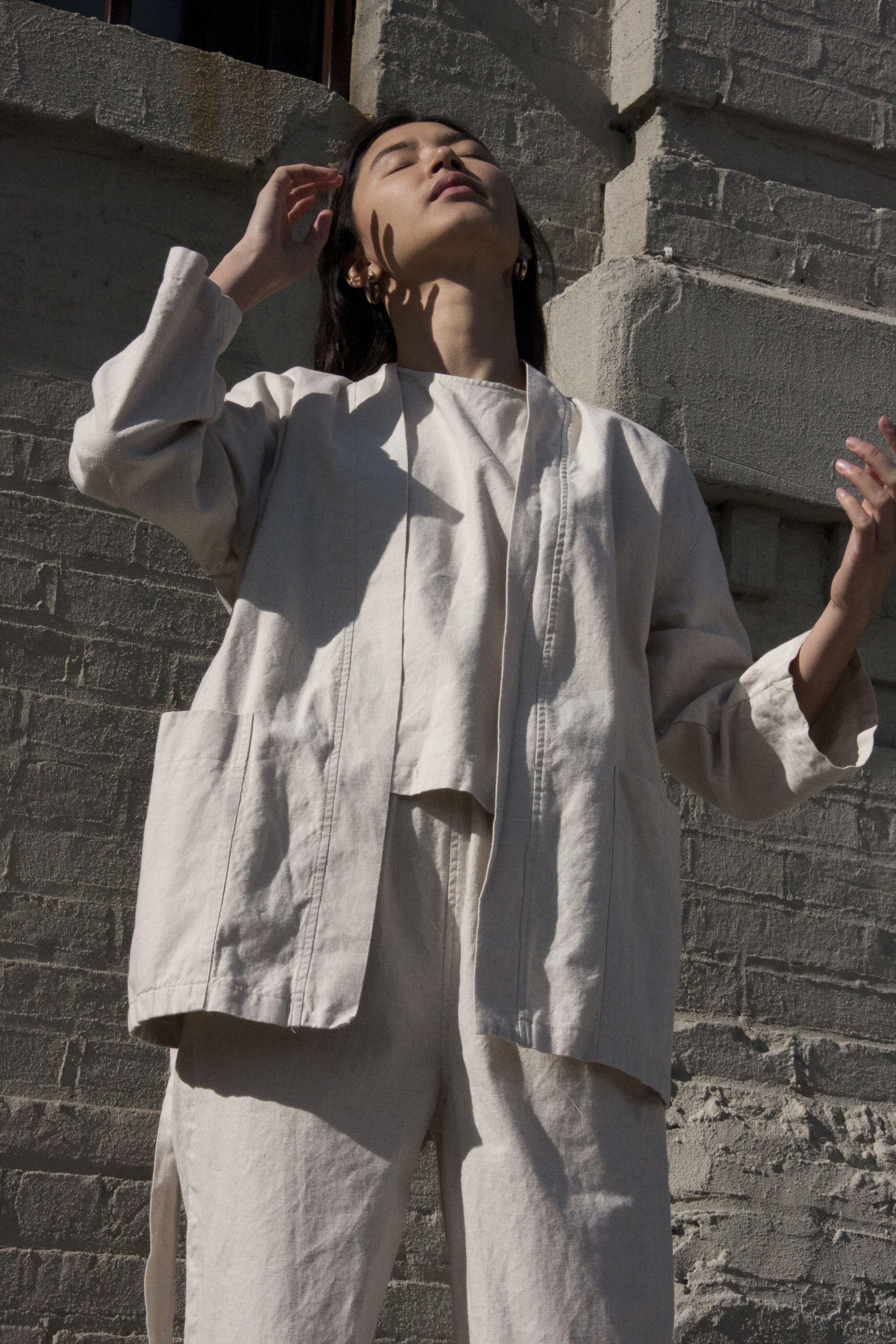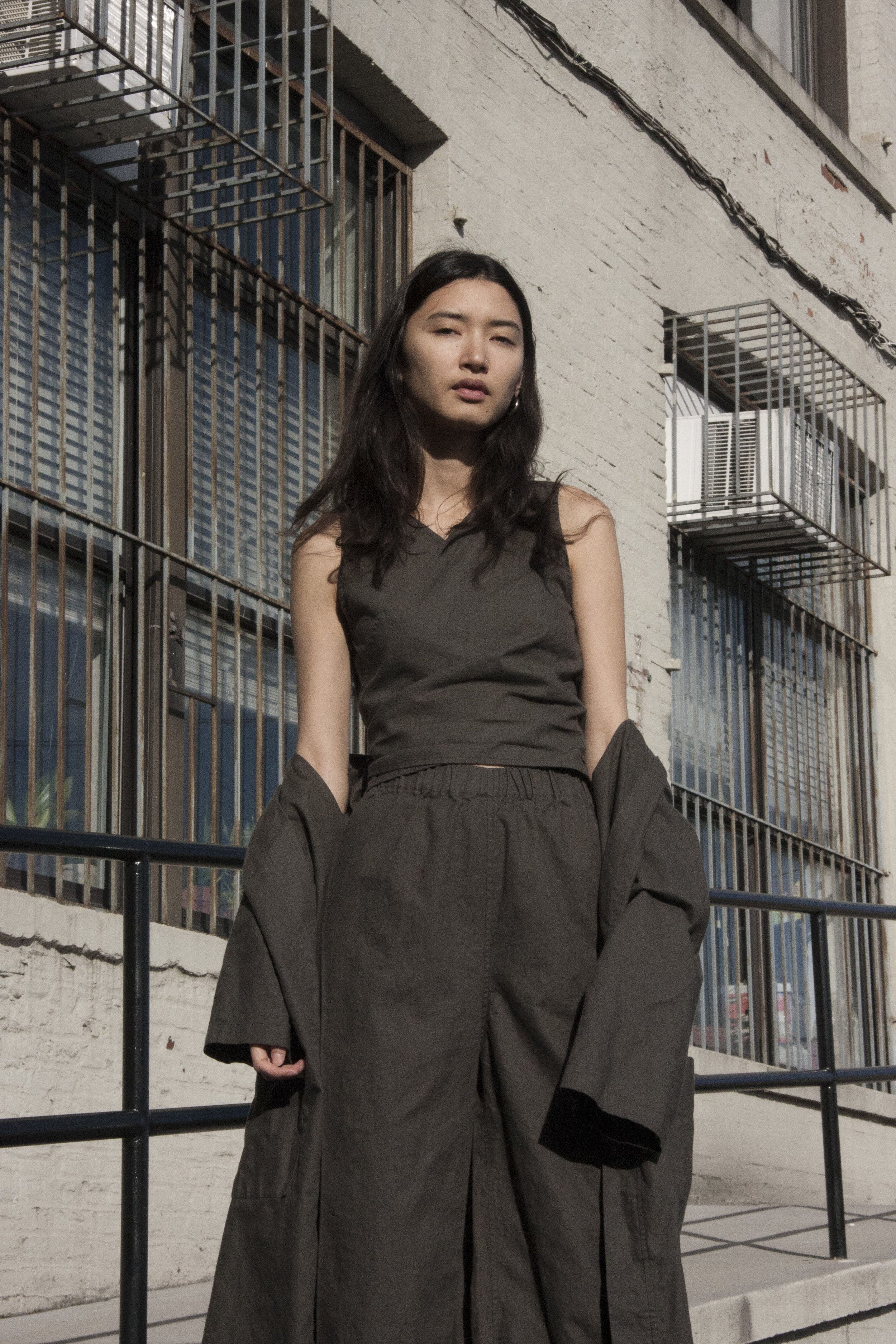4 reasons why sustainable fashion is so expensive:
Sustainable fashion is known for being prohibitively expensive. Although many aspects drive up the price there are 4 major factors that make sustainable fashion costly.
1. The cost of fabric
Sustainable fabrics often come from plants and animals. Just like food crops, these natural resources are farmed and cost more than synthetic materials that are made of chemicals. Ethical materials must also be farmed in sustainable manners (i.e. disposing of waste water properly and limiting the use of pesticides) and involve paying farmers and weavers a fair price. All these factors combined make sustainable fabrics very expensive.
2. The cost of labour
Robots don’t make your clothing. Every piece of clothing is handmade on a sewing machine by someone, somewhere. How these people are paid has a large impact on the cost of clothing. Many non-ethical mills prey on desperate communities to get the best bargain possible. Ethically run sewing facilities pay their employees well and offer important human rights such as the rights to unionize, take bathroom breaks, have limits on working hours and a safe working environment. Choosing to manufacture with these ethical mills drives up the costs significantly for sustainable fashion brands.
3. Sustainable Fashion is a niche market
Although sustainable fashion is growing in popularity, it is still a niche industry. The more market demand there is for a product or service the more competition it creates driving down prices when manufacturing in higher volumes. Due to smaller customer demand, sustainable brands must produce in low quantities which drives up the price of production.
4. Retail Markups
Retail markups are found throughout the fashion industry. Traditionally most clothing brands sell their products through large retail stores like Nordstrom, Macy’s, Urban Outfitters, or Anthropology. Retail stores buy product from brands and mark them up 2 to 3 times the wholesale price. These markups greatly amplify the price difference between ethical and non-ethical brands. For example a $10 difference in base costs compounds to a $30 difference with retail markups!
So whats the solution?
Although many claim that sustainable fashion can be had by all, realistically it can be prohibitively expensive. The base costs that go into sustainable fashion are inherently more expensive due to sourcing costly eco-friendly natural materials and paying people a fair wage for sewing garments. High base costs compounded with retail markups make sustainable fashion inaccessible.
At Aurorei we believe cutting out the retailer and selling direct to consumers is the key to bringing sustainable fashion to a bigger audience. Just as organic food’s popularity as grown making it more affordable, so can sustainable fashion reduce in cost with increased market demand. We believe the best way to increase this demand is by cutting out the retailer. While we’ll never be as cheap as fast fashion (i.e. H&M or Forever 21), our goal is to bridge the gap between fast fashion and the sustainable fashion industry. By cutting out retailer markups we can sell our goods at half the price without compromising on the quality of our materials or our ethical standards.




